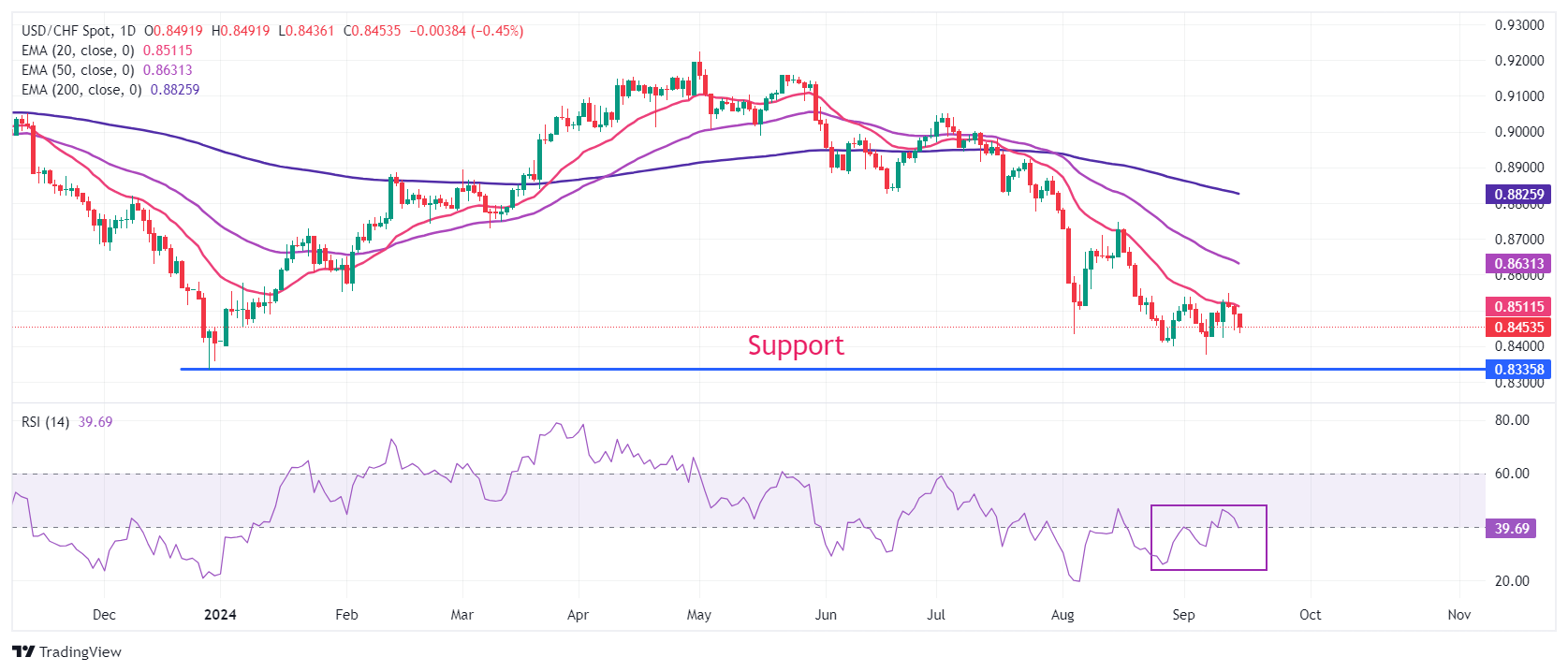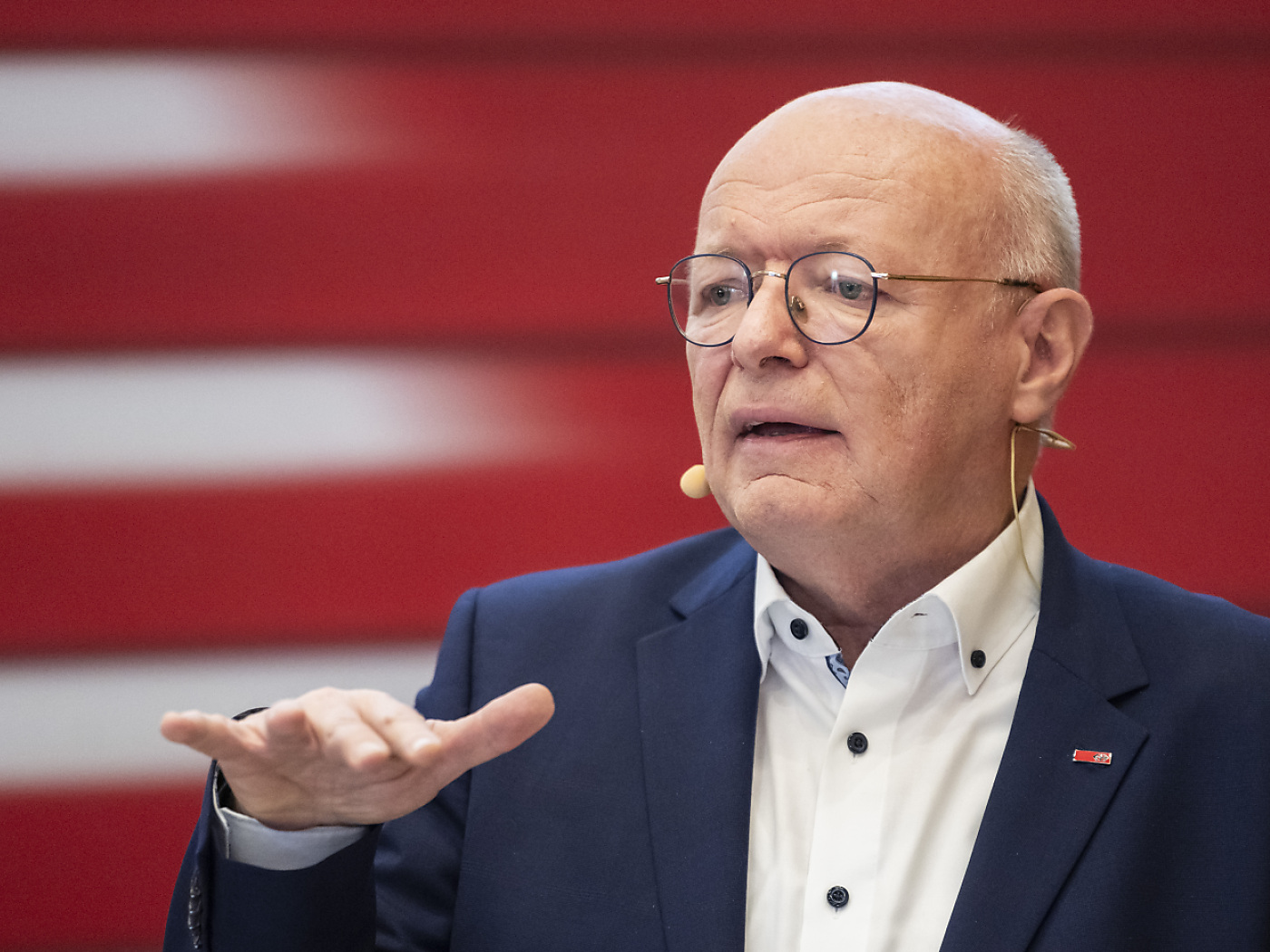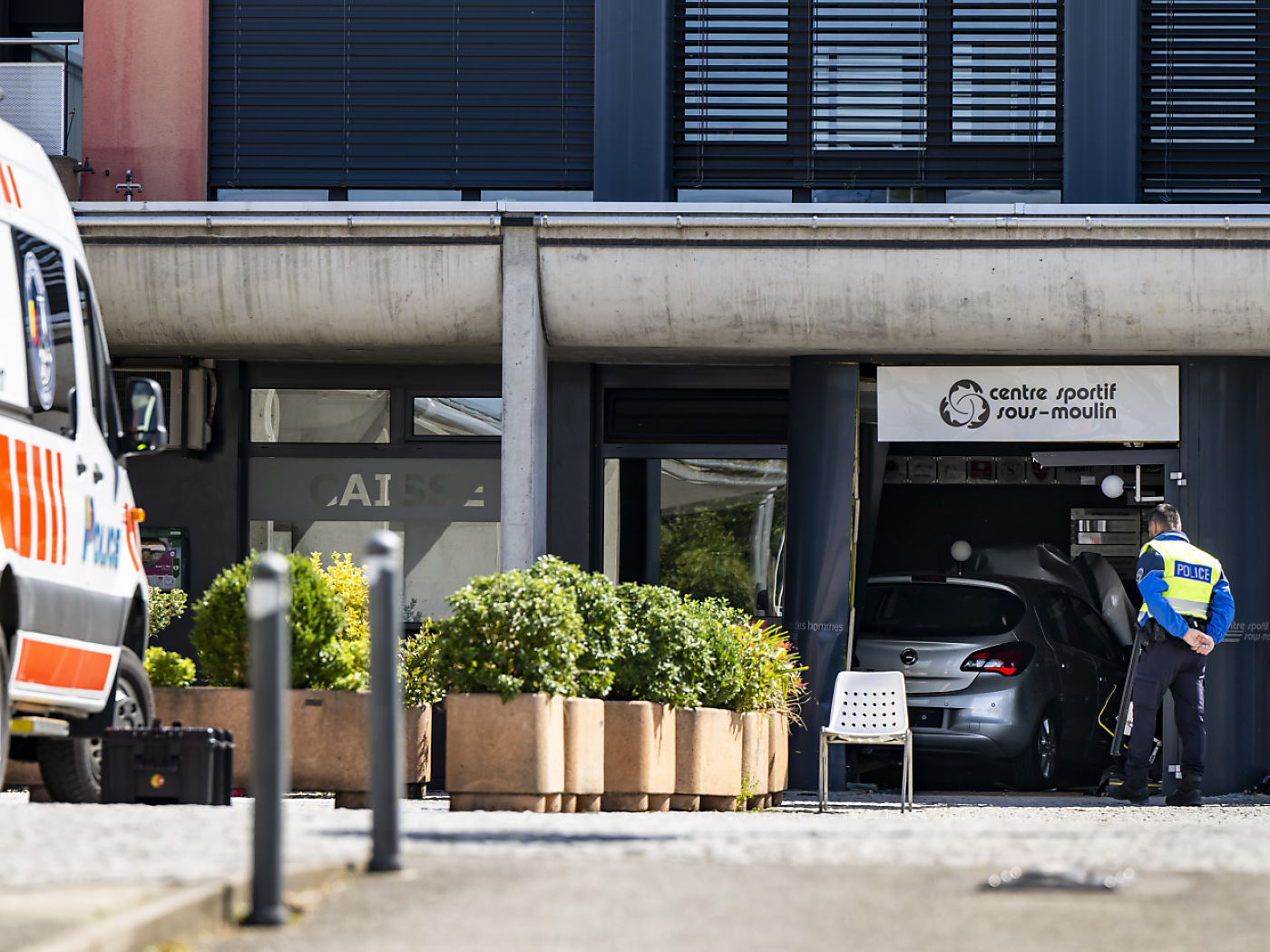The United States is continuing its practice of insisting dominance in the Indian and Pacific oceans. Washington maintains a large military base on Diego Garcia in the Indian Ocean, and is now beginning to examine the Cocos Islands’ strategic value. American action increased significantly in the region after the British left Mauritius in 1968. At that point, the British decided to hang on to the Chagos Islands, incorporating them into the current British Indian Ocean Territory. An atoll in this island grouping is Diego Garcia, which would become the site of one of America’s largest military and intelligence bases in the world.
During the Cold War, the United States was constantly searching for ways to properly combat Soviet influence. Diego Garcia was chosen because it held a very small population, no infrastructure, and practically no economic value to the United Kingdom. After years of secret negotiations, the Americans and British ensured that total control over the Chagos would belong to them alone. Further, Mauritius would have no part in the process, despite being promised control of the territory during independence talks. They were eventually ordered to hand the territory over to Mauritius by the United Nations in 1960. The United States told the British that Washington was to have exclusive control over the islands and that it was necessary to remove the native population.
The Department of Defense would pay Britain up to $14 million dollars to thank and reimburse the United Kingdom for expenses incurred during the procurement process. Natives would have to be removed, property purchased, and the governments of the Seychelles and Mauritius bribed. This payment was kept secret from Congress by crediting the British for payments owed from other projects.
The preparations to remove the native population began with deliberate neglect. Medical and school staff began leaving the islands, resulting in Chagossians leaving for Mauritius hoping for new opportunities, with some being given unscheduled vacations and leaving, not aware that they would never return.
By 1968, the decision had been made by the United States Department of Defense. The United Kingdom was in the process of removing much of its foreign presence as a reaction to economic fears. This left the US to complete plans for the base on Diego Garcia by itself. While funding was being arranged, the State Department was coordinating the removal of the population with London. Fierce debates over funding in the congressional appropriations committee commenced. Eventually, the committee awarded the Navy permission to build a “communications facility.” These instructions were taken to include plans for a substantial airstrip, nightclub, and movie theater.
When it came to deportation, the State Department planned to greatly downplay how many residents lived on the island. They claimed them all to be contract workers from Mauritius and the Seychelles, with plans to simply cancel their work contracts and return them home. This was not the case. Entire families lived there, with multiple generations. The Chagossians were threatened to be bombed or shot if they did not leave. They had to leave most of their belongings and pets, with the pet dogs herded into a shed and gassed to death using a vehicle’s exhaust pipe, all while the islanders watched.
Now Diego Garcia is a major joint naval base. It is 17 square miles and plays a major role in supplying American troops in the Middle East. What it lacks in native inhabitants, it makes up for in amenities. With a movie theater, night club, golf course, soccer field, and beautiful beach, the joint base is an island paradise reserved for British and American servicemen. The former inhabitants and their descendants live in poverty, primarily in the United Kingdom, Mauritius, and the Seychelles. The international community still considers British ownership over the Chagos as illegal, considering the UN ruling, but the United States has indicated that it has no plans to leave or allow the former inhabitants to return.
Present day, the Department of Defense has decided that it needs more resources in the Indian-Pacific region to properly counter Chinese influence. The Cocos Islands are a prime target for the United States, especially as Australia is planning to expand its airfield. While other territories are under consideration, experts believe that the Cocos are closer to where Washington expects increased conflict.
Just as polls show that members of the public may be less inclined to support a worldwide American presence, Washington is bracing for a wider, deeper conflict with China. Rather than pushing regional allies in the Pacific to take ownership of their self-defense, politicians are still willing to place American soldiers in harm’s way.
Full story here Are you the author? Previous post See more for Next postTags: Featured,newsletter


























